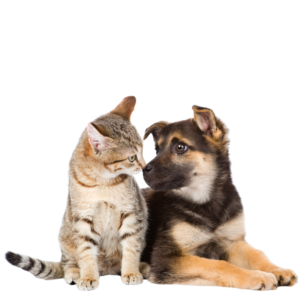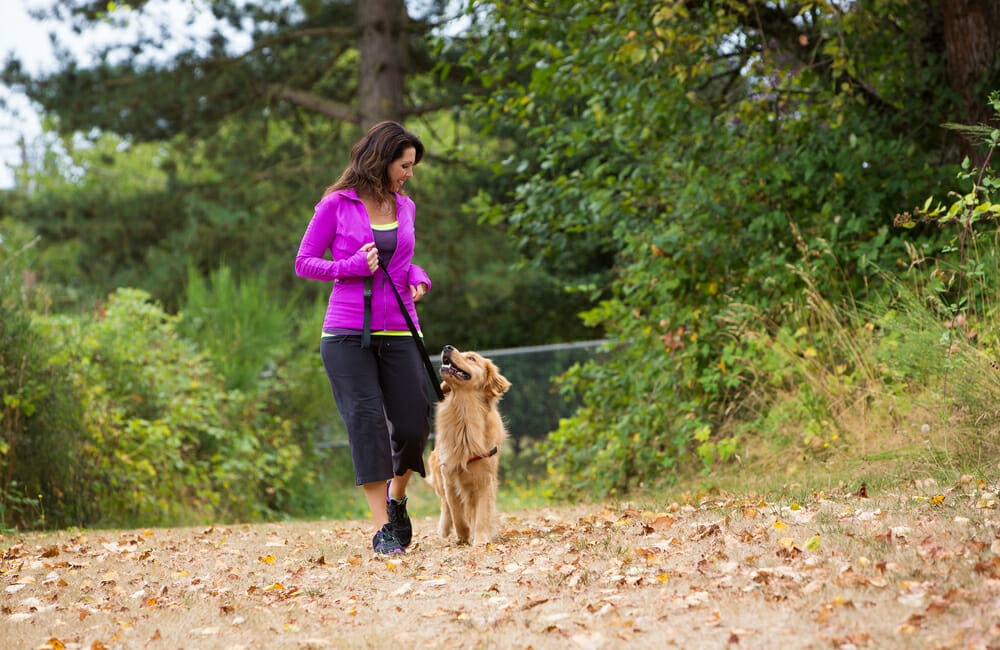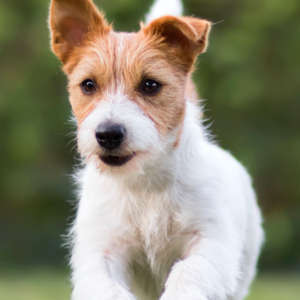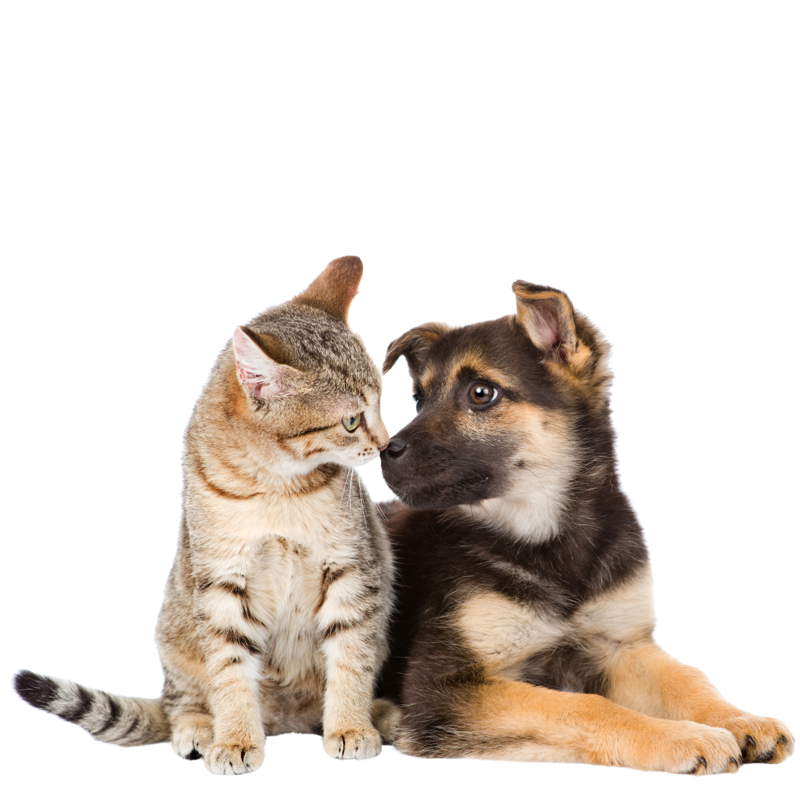As the weather gets warmer, we are likely to be travelling more with our pets. It is a great idea to have a Pet First Aid Kit with you to get some initial treatment done until you can get them into a vet clinic. We have a few suggestions for you.
A carrying case. This will depend on where you are going with your pet.
- Cottage – consider a plastic shoe-box sized container to keep it together and dry
- Camping or beach – thermal lunch bag; add a carabiner to attach to your stuff
- Hiking – a fanny pack or cross body bag
Copy of your pet’s vaccine history and present medications. Consider two small Q-cards with important information on it, that a vet may need in an emergency. Note any medications your dog is on and any conditions that they may have that could alter treatments.
Hydrogen peroxide and a syringe. These are not for wound cleaning (soap and water are for cleaning) — they are for vomiting. If your dog has just eaten something at the cottage (such as a stinky sock, grapes, toys, chocolate or weed), it would be a good idea to make him/her vomit. However, only do this within 20 minutes of ingestion. Also, never do this if the item eaten is caustic or sharp as this would be dangerous. Just head into a clinic and call poison control.
Antiseptic cream. This can be applied to a clean surface to help relieve pain, prevent infection and act as a barrier from bacteria and germs. Remember, we do not want to use anything that is not edible, attracts dirt or sticks to the fur. Wounds heal best with air so use sparingly.
Gauze, scissors, tape, rubber gloves. Put all of these together in a ziplock bag, then into the container.
- Gauze – to control bleeding and to act as an emergency muzzle. Even the most loving dog can lash out if it is in enough pain so don’t get bitten! Before any treatment is done, isolate the teeth because they don’t understand that you are trying to help.
- Scissors – an economical pair of craft scissors are fine. These are good for cutting up a shirt into strips for a more solid bandage or to help if you run out of gauze.
- Tape – this holds your bandage or can be a make-shift muzzle (consider a muzzle for your kit).
- Not stick bandage (vet wrap) – this is easy to apply and can cover the gauze, especially if there is a bloody area. Be sure to apply flat as it can become bunched and cut off circulation. Do not leave it on too long.
- Telfer pad or knee elastoplast regular bandage – they are non-stick in the center and will cover a wound safely under the wrapping. It might be easier with a smooth coated dog to use the large bandage.
- Poop bags (or rubber gloves) – can act as coverage over the bandage. Especially important if there is blood.
Wet wipes. These can be used to clean dirt and blood from a wound which is important especially if there is no water supply. You can get a small package or could save the extras from your wing night!
Medications. Have some medications in the kit and store them in a small container or little bags. Make sure to include a backup supply of your dog’s regular medications, diarrhea meds, Benadryl, etc.
Tick Remover. Check out the “Tick Twister”, available at the clinic.
Tweezers. These are helpful to remove slivers.
Cotton Swabs
Small bottle of saline. Used to initially flush out small wounds or eyes.
Small flashlight. This is especially important if travelling with cats. They tend to eat things such as string and fishing line (with and without a lure). It will allow you to have a good look into their mouth.
To make things easier for you, we have prepared a few “starter First Aid Kits” at the clinic for purchase. Hopefully, this information helps to have a happy and safe season!
Written by: Rebecca Menary RVT




